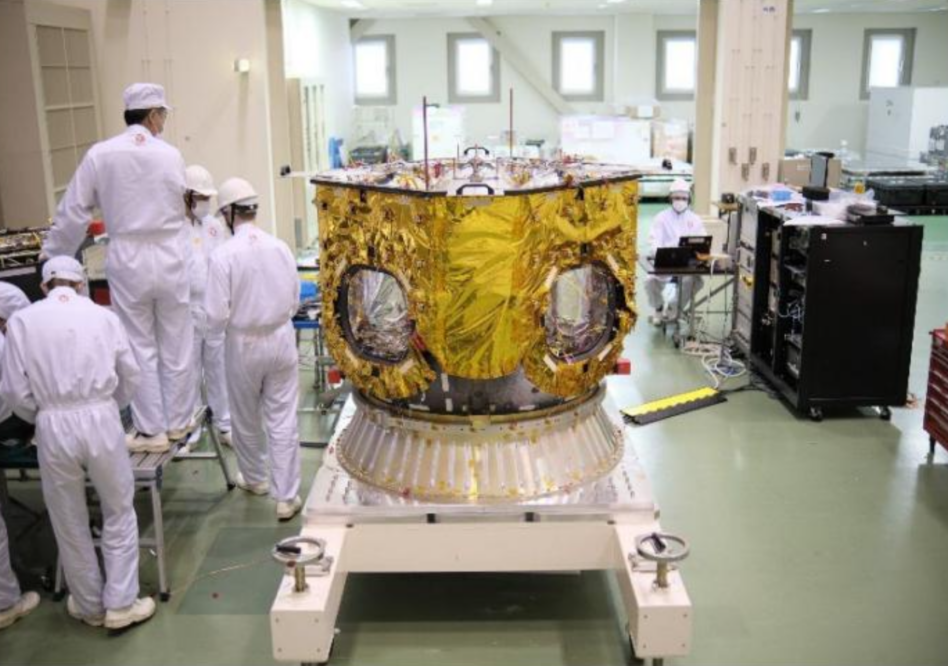Japanese lunar lander startup ispace has raised $8.1B yen ($53.5M) in a stock sale to help fund its third spacecraft.
The company’s initial attempt at a Moon landing ended in failure last year when its HAKUTO-R lander went splat on the lunar surface due to a software issue. ispace will get its second shot later this year with its Resilience lander, which has progressed to the integration and testing stage. A planned third spacecraft will fly under NASA’s Commercial Lunar Payload Services (CLPS) program.
The company is also working on a new lander, Series 3, which is scheduled to launch in 2027.
“We have determined that it is necessary to secure a stable financial buffer for the parallel development of the three missions,” the company announced yesterday.
US-of-Apex: The startup opened a new US HQ in Denver last year, having invested $40M+ in US operations. At the same time, the company also unveiled its new Apex lander design, which will be used for the Draper-led CLPS contract that will (hopefully) transport a NASA payload to the Moon.
The CLPS Apex spacecraft is designed to transport 300 kg of payload, with NASA utilizing ~95 kg. The value of ispace’s CLPS contract is around $55M, with a launch scheduled for 2026. Out of the $53.5M raised, the startup has allocated $47M to this mission.
- $21.1M to offset some of the manufacturing costs for the lander
- $13.9M to cover a portion of the Falcon 9 launch price tag
- $11.9M to help pay for two relay comms satellites deployed on the mission
+ Ain’t dead yet: In other Japanese lunar landing news, SLIM awoke earlier this week after enduring a second long lunar night and was found still on his side, stretched out, getting a nice radiation tan, while he enjoyed thousands of miles of lunar surface all to himself.




